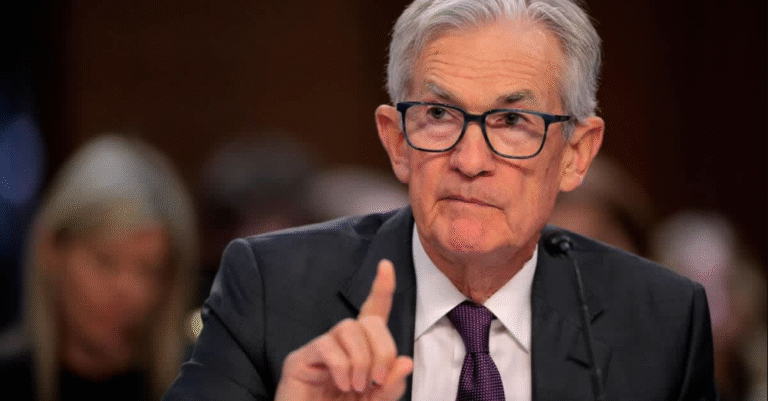
SpaceX’s $17 billion acquisition of mid-band spectrum from EchoStar has prompted Elon Musk to reveal plans for transforming Starlink into a full-fledged global telecommunications provider. Speaking on the All-In Podcast, Musk outlined a vision where a single Starlink account delivers both satellite broadband at home and direct cellular service on smartphones—effectively positioning Starlink alongside carriers such as AT&T, T-Mobile, and Verizon (Reuters).
This ambitious pivot builds on Starlink’s existing partnership with T-Mobile, launched in July 2025, which currently supports text messaging via satellite in coverage gaps. Musk believes the newly acquired AWS-4 and H-block licenses in the 1.9 GHz and 2 GHz bands will enable “Starlink Direct to Cell” satellites to offer LTE-comparable performance worldwide.
Spectrum Acquisition Fuels Expansion
The EchoStar deal grants SpaceX control over critical mid-band frequencies prized for balancing coverage and capacity—spectrum that traditional carriers rely on for 5G networks. SpaceX President Gwynne Shotwell stated that exclusive access will allow deployment of next-generation satellites optimized for direct-to-cell connectivity, dramatically expanding rural and maritime coverage.
Developing and launching these more capable satellites will require SpaceX’s Starship heavy-lift rocket, according to industry analysts. Musk acknowledged that hardware modifications in current smartphones are needed to support the new bands, estimating a two-year timeline for chipset and device manufacturers to implement the necessary changes.
Market Reaction and Competitive Challenges
Wall Street reacted strongly: EchoStar shares jumped over 20% on the news, while major carriers saw declines—T-Mobile fell 5%, AT&T down 4%, and Verizon off more than 4% (PCMag).
Despite investor enthusiasm, industry executives remain skeptical. AT&T CEO John Stankey questioned whether the 40 MHz of spectrum SpaceX acquired could match the capacity of incumbent networks, noting, “There’s a lot more to running a wireless network than putting up 50,000 cell sites.” Analysts suggest that Starlink may achieve its goals more feasibly through strategic partnerships rather than direct competition in urban markets.












